Disclosure: This article contains affiliate links. We may earn a commission from purchases at no extra cost to you, which helps our travel content.
The morning air in Surabaya hits differently than what I'm used to in Indianapolis—thick with humidity that immediately fogs my camera lens and rich with the aroma of clove cigarettes and street food. It's my first time in Indonesia's second-largest city, a place often overlooked by travelers rushing to Bali's beaches or Java's volcanic landscapes. But as someone who's always believed that climate shapes both culture and cuisine, Surabaya presents a fascinating urban canvas where colonial Dutch architecture stands defiant against tropical weather patterns, and where food traditions have evolved in response to the coastal heat. Armed with my camera, a weather app, and tips from local photographers I connected with through a hockey teammate's Indonesian cousin, I spent a week discovering how this industrial port city transforms into a photographer's playground when you know where to look. Whether you're chasing golden hour light across the Kalimas River or documenting the vibrant street life that unfolds when the afternoon heat subsides, Surabaya offers visual stories at every corner—you just need to know how to frame them.
Navigating Surabaya's Climate for Perfect Shots
If photography is a game of light and timing, then understanding Surabaya's climate is like knowing your opponent's playbook. Even in fall (September-November), when I visited, the city maintains its tropical heat and humidity, with temperatures rarely dropping below 75°F, even at night. This creates unique challenges and opportunities for photographers.
Mornings in Surabaya offer a brief golden window between 5:30-7:00 AM when the light is soft and the air quality at its clearest. I found myself setting multiple alarms, fighting jet lag like I once battled third-period fatigue during Dartmouth hockey games. The payoff? Streets bathed in gentle light before the day's heat haze sets in, creating perfect conditions for architectural photography in the historic areas.
Afternoon thunderstorms are common, especially in October and November. While many travelers retreat indoors, I've learned from my Louisiana upbringing that these dramatic weather transitions create magical moments for photographers. The 30 minutes before and after rain provides dramatic skies and reflective surfaces across the city. My weather-sealed camera became my MVP during these moments, allowing me to capture lightning over the city skyline and the beautiful post-rain glow without worrying about equipment damage.
Dusk brings another prime shooting window from 5:30-6:30 PM, when the setting sun bathes the city's mix of Dutch colonial buildings and modern skyscrapers in warm amber tones. This is when Surabaya's architectural contrasts truly shine through the viewfinder.
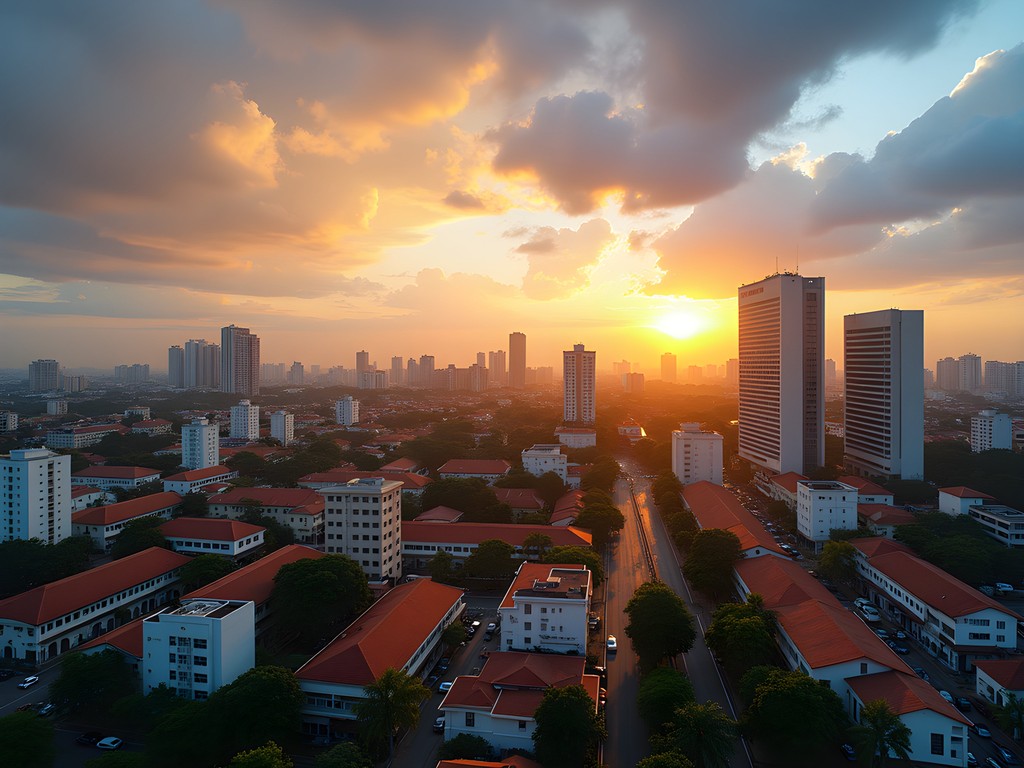
💡 Pro Tips
- Bring silica gel packets to store with your camera gear - the humidity is relentless and can damage equipment
- Schedule shooting sessions for early morning (5:30-7:00 AM) and late afternoon (5:30-6:30 PM) for optimal lighting
- Use a UV filter to cut through the city's industrial haze, especially when shooting cityscapes
Historic Kampung Warna-Warni: A Color Explosion
My fascination with how communities adapt to climate challenges led me to Kampung Warna-Warni (literally 'Colorful Village'), a revitalized neighborhood where residents have transformed their modest homes into a kaleidoscope of vibrant colors. Originally a response to urban decay and flooding problems, this area now stands as a testament to community resilience and pride.
Visiting early morning (around 7 AM) offers the perfect light to capture the rainbow-hued buildings before the harsh midday sun flattens the colors. The narrow alleyways create natural frames, with laundry lines strung between buildings adding authentic lived-in elements to your compositions. Children playing among the colorful backdrops provide wonderful candid photography opportunities.
As someone who's documented climate adaptation in Louisiana's coastal communities, I was struck by similarities in how these neighborhoods have embraced aesthetic transformation as a form of resilience. The residents have turned potential adversity into art—a powerful statement that photographs beautifully.
For the best shots, I recommend bringing a wide-angle lens to capture the full spectrum of colors in the narrow streets. The contrast between vibrant walls and residents going about their daily lives creates compelling visual narratives. Just remember to ask permission before photographing people up close—a smile and a simple 'Boleh foto?' ('May I take a photo?') goes a long way.

💡 Pro Tips
- Visit between 7-9 AM for the best light and to avoid midday crowds
- Bring small prints of photos to give back to residents you photograph - it creates goodwill and meaningful connections
- Look for leading lines created by the colorful alleyways to create depth in your compositions
Culinary Visual Storytelling at Pasar Atom
My dual passions for climate impacts and food cultures converge perfectly at Pasar Atom, Surabaya's sprawling market where the city's Chinese-Indonesian heritage creates a visual feast for photographers. The market's indoor-outdoor structure evolved as an adaptation to the tropical climate, creating fascinating light play throughout the day.
The food section of Pasar Atom offers incredible macro photography opportunities. Arrive around 3-4 PM when vendors are fully set up but before the evening rush. The displays of exotic fruits—many adapted to Indonesia's specific climate zones—create vibrant color palettes. I spent nearly an hour photographing mangosteens alone, fascinated by how their tough purple exteriors protect the delicate white segments inside—nature's perfect packaging for the humid tropics.
The market's spice vendors arrange their wares in cone-shaped mountains of vibrant yellows, reds, and browns. These make stunning subjects for detail shots that tell the story of Java's rich culinary traditions. I found my 50mm prime lens perfect for food photography here, creating beautiful bokeh that highlights specific ingredients while suggesting the market's bustling context.
For action shots, the food preparation areas provide dynamic scenes of flames leaping from woks and steam billowing around vendors' faces. These moments connect directly to my interest in how cooking techniques adapt to local climate conditions—the quick high-heat cooking methods perfectly suited to an environment where food spoils quickly.
Just remember that markets are working environments, so be respectful with your photography. I always buy something from vendors I photograph extensively—it's good karma and often leads to them showing you even more photogenic aspects of their craft.
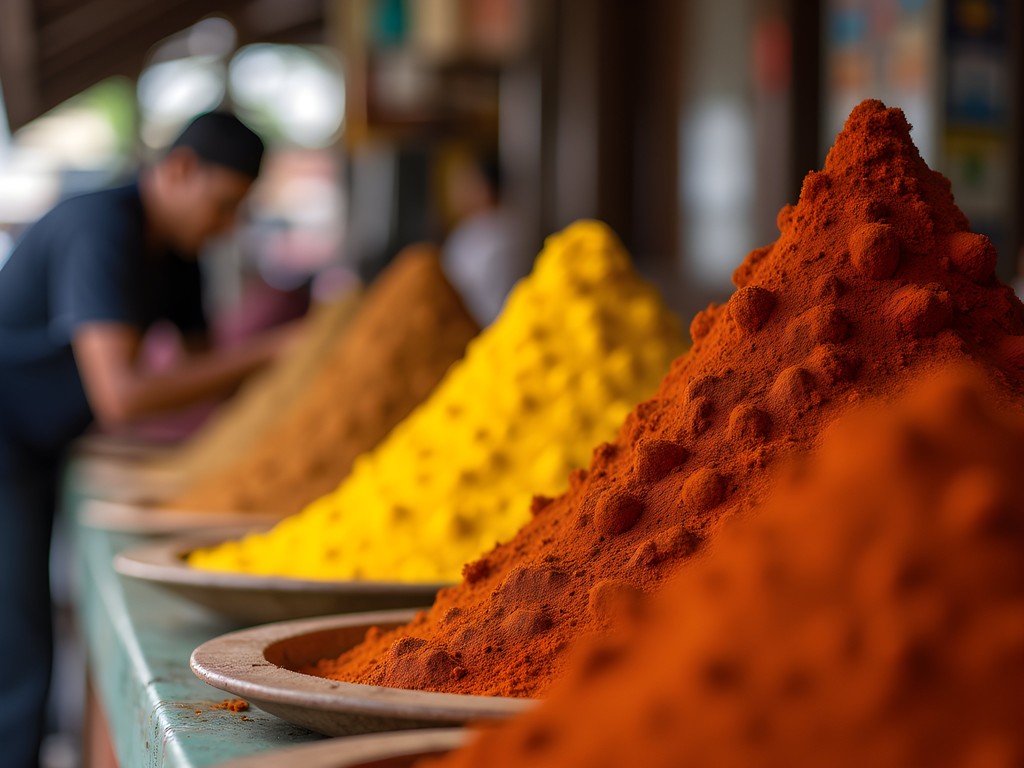
💡 Pro Tips
- Use a fast prime lens with good low-light performance for indoor market shots
- Purchase small items from vendors you photograph extensively as a gesture of respect
- Look for repeating patterns in food displays for compelling compositional opportunities
Architectural Contrasts: Colonial Legacy Meets Modern Surabaya
Surabaya's architectural identity is defined by fascinating climate-driven contrasts that make for compelling photography subjects. The Dutch colonial buildings, designed to withstand tropical heat before air conditioning, feature high ceilings, wide verandas, and strategically placed windows that create dramatic light patterns throughout the day. Meanwhile, modern glass skyscrapers reflect both sunlight and the city's growing economic confidence.
The House of Sampoerna, a former cigarette factory turned museum, offers one of the best examples of Dutch colonial architecture. Visit between 9-10 AM when sunlight streams through the large windows, creating dramatic light beams across the wooden floors. The building's adaptation to tropical climate through passive cooling design elements makes for fascinating architectural detail shots.
For striking juxtapositions, head to the area around Tunjungan Plaza where colonial-era buildings stand in the shadows of glass-clad towers. This visual conversation between past and present creates powerful split-frame composition opportunities. I found my telephoto zoom lens invaluable for compressing these scenes and highlighting the architectural dialogue across different eras.
The Surabaya Submarine Monument (Monkasel) offers another unique photographic subject—a decommissioned submarine displayed in a city far from any ocean. This massive metal structure baking in the tropical sun creates interesting reflections and shadows, especially in late afternoon light. The monument tells a climate story too—how naval technology designed for cold ocean depths has been repurposed in one of Southeast Asia's hottest urban environments.
The Red Bridge (Jembatan Merah) is particularly photogenic at sunset, when its distinctive red color intensifies against the darkening sky. This historic bridge connects the European and Chinese quarters of old Surabaya, making it both visually striking and historically significant.
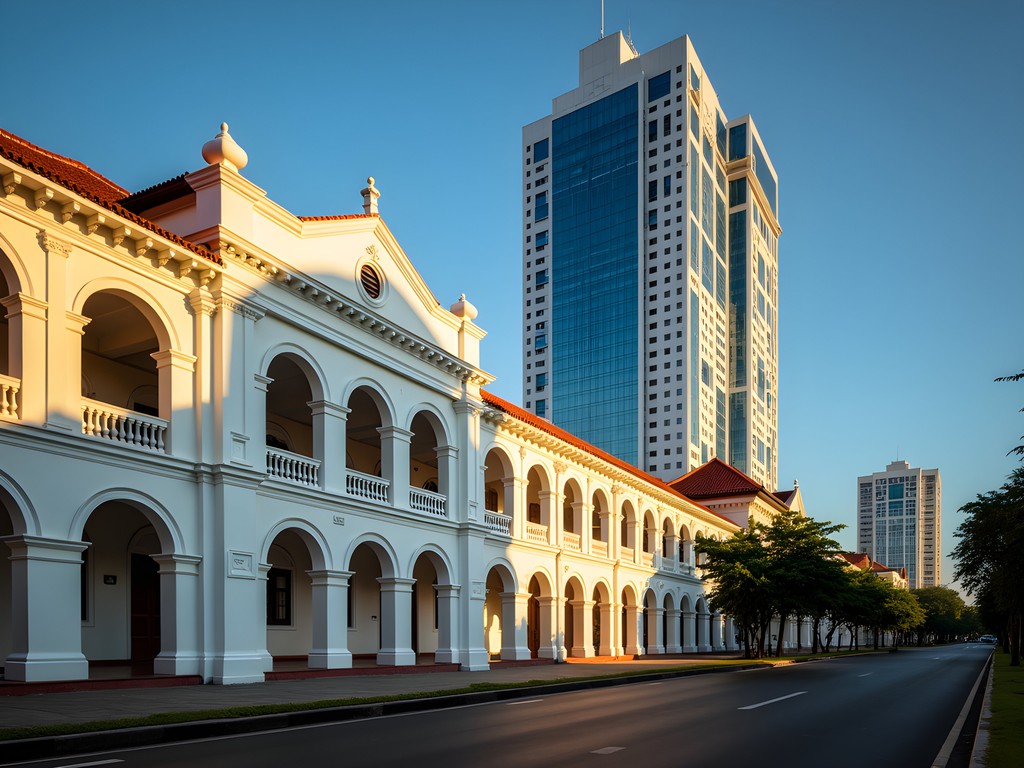
💡 Pro Tips
- Use architecture apps like Sun Surveyor to predict exactly when light will hit specific buildings at the best angles
- Incorporate human elements to show scale when photographing Surabaya's dramatic architectural contrasts
- Try shooting the same colonial buildings at different times of day to capture how they interact with changing tropical light
Night Photography: Capturing Surabaya After Dark
When the tropical heat subsides after sunset, Surabaya transforms into a playground of lights and shadows perfect for night photography. The city's relationship with darkness feels different from temperate climate cities I've photographed—night falls quickly near the equator, but the resulting coolness brings a surge of street activity that creates dynamic photographic opportunities.
The Suramadu Bridge, Indonesia's longest, connects Java to Madura Island and offers spectacular night photography opportunities. The bridge's LED lighting system changes colors throughout the evening, reflecting dramatically on the water below. For the best shots, I found a spot along the waterfront near Kenjeran Beach around 7 PM when the sky still holds a deep blue tone before turning completely black. A sturdy travel tripod is absolutely essential here—the long exposure shots that capture light trails from passing vehicles while maintaining sharpness in the bridge structure require complete stability.
Taman Pelangi (Rainbow Park) presents another nighttime visual treat with its illuminated fountains and light displays. The park was designed as a cooling recreational space for residents escaping daytime heat, and the evening light show creates wonderful opportunities for long-exposure photography that captures both color and motion.
Street food areas like Gwalk Citraland come alive after dark, with vendors' stalls creating pools of warm light against the night sky. These scenes offer rich documentary photography possibilities, capturing how Surabaya's food culture adapts to the rhythm of the tropical climate. The contrast between bright food stalls and customers seeking evening meals in the cooler air tells a climate story through visual narrative.
Shooting in Surabaya's humidity at night presents technical challenges—lens condensation being the primary issue. I developed a routine of keeping my camera in a sealed bag with desiccant packs until I was ready to shoot, then allowing it to gradually acclimate to outside conditions to minimize fogging.
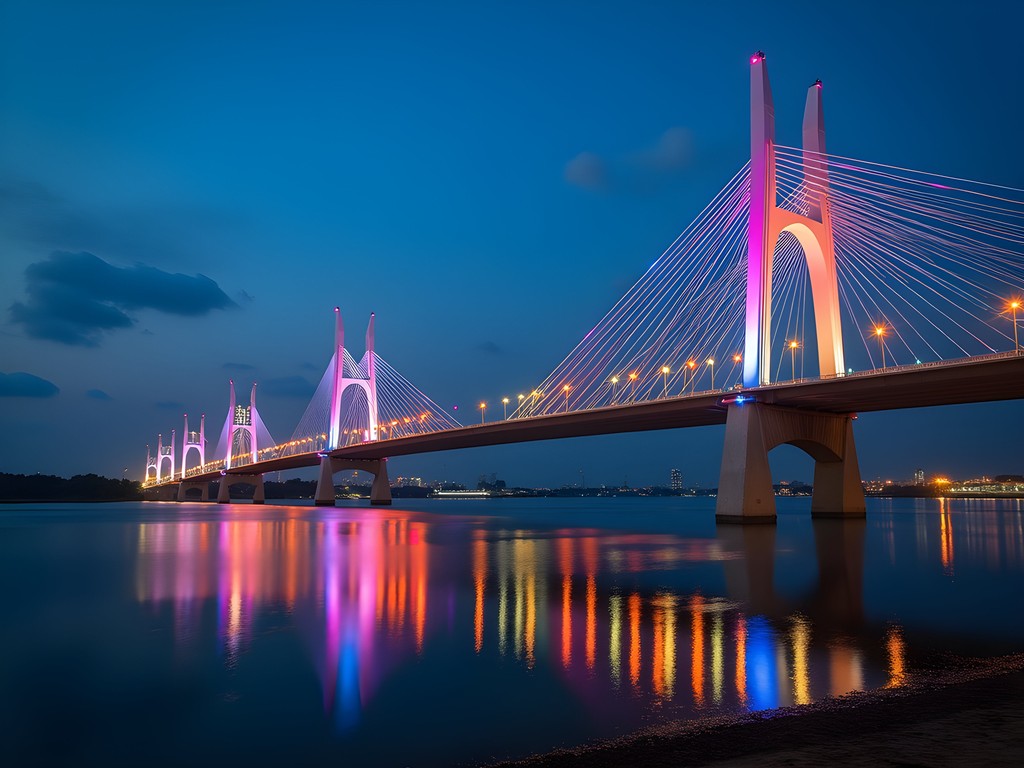
💡 Pro Tips
- Bring a microfiber cloth to combat lens condensation when moving between air-conditioned spaces and humid night air
- Use noise reduction techniques when shooting at higher ISOs to maintain image quality in low-light conditions
- Try light-painting techniques at less crowded monuments for unique long-exposure shots
Final Thoughts
As I packed up my gear on my final Surabaya evening, watching thunderclouds gather over the city skyline, I reflected on how this overlooked Indonesian metropolis had expanded my photographic portfolio in unexpected ways. Like a hockey team that comes together through diverse strengths, Surabaya's visual identity emerges from contrasts—colonial and modern, tradition and innovation, adaptation and preservation. The city taught me to see climate not just as an environmental concern but as a creative force shaping both architecture and daily rhythms that photographers can capture. Whether you're documenting colorful kampungs at dawn or light-painted bridges at midnight, Surabaya rewards photographers who embrace its tropical pace and perspectives. So charge your batteries (literally and figuratively), pack extra memory cards, and come discover your own visual story in East Java's urban heart. The city's beauty may not announce itself as boldly as Bali's beaches or Bromo's volcanic landscapes, but for photographers willing to look deeper, Surabaya's frames are equally compelling—and far less photographed.
✨ Key Takeaways
- Surabaya's best photography happens during golden hours (5:30-7:00 AM and 5:30-6:30 PM) when tropical light is softest
- Climate adaptations create unique visual stories throughout the city, from colonial architecture to community art projects
- Protect your gear from humidity with silica gel packets and gradual temperature transitions
- Engage respectfully with locals for more authentic photographic opportunities and deeper cultural understanding
📋 Practical Information
Best Time to Visit
September-November (fall) when rainfall is moderate and temperatures slightly lower
Budget Estimate
$30-50/day excluding accommodation
Recommended Duration
4-7 days
Difficulty Level
Intermediate
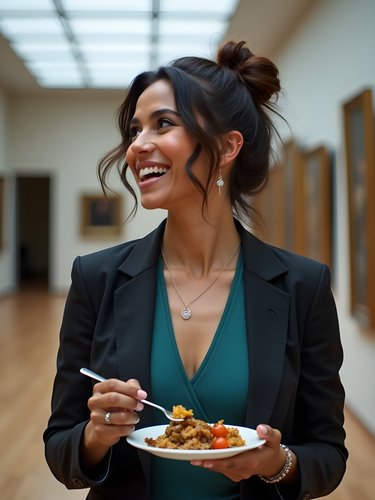



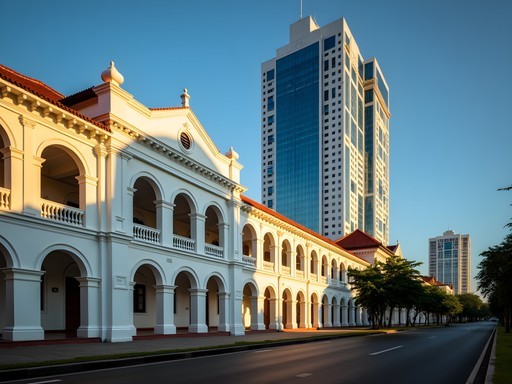
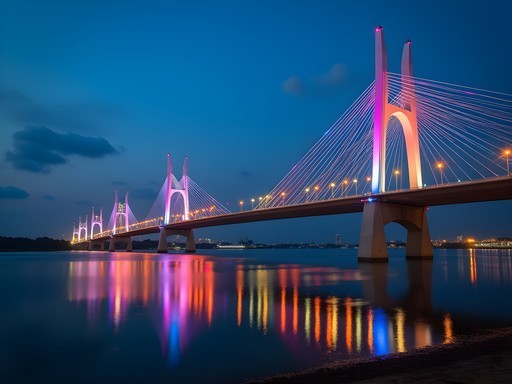


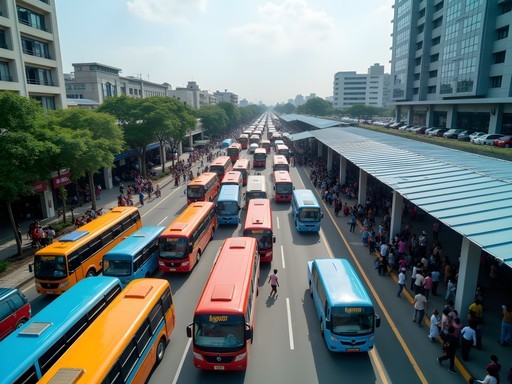







Comments
redwalker
Stunning photos! Never considered Surabaya before.
winterguy
WOW! Those sunrise shots of the Sura and Baya statue are INCREDIBLE! The light is perfect! Definitely adding Surabaya to my Indonesia itinerary now!
freeclimber
Love your street food photos from Pasar Atom! What lens did you use for those close-up food shots? The depth of field is perfect.
Skylar Gutierrez
I used my prime lens for most food shots. Great in low light market conditions and gives that nice bokeh effect!
Frank Garcia
This is such a refreshing take on Surabaya! Most travelers skip it entirely for Bali or Yogyakarta, but the architectural contrasts you've captured really showcase why it deserves more attention. I spent three weeks backpacking across East Java last summer and found Surabaya's colonial buildings particularly fascinating - the lighting at sunset creates this golden glow on the old structures that contrasts beautifully with the blue hour shots of the modern skyline. Did you get a chance to explore any of the Chinese temples? They offer some incredible detail work for macro photography.
Skylar Gutierrez
Thanks Frank! I did visit Hong Tiek Hian temple but ran out of time for others. The incense smoke created some amazing light rays in the morning - definitely worth getting up early for!
local_explorer
If you're shooting at Pasar Atom, ask permission from vendors before taking close-ups. Most are super friendly if you show interest in their products or buy something small!
Skylar Gutierrez
Great advice! I found that buying a small snack or trinket first really helped break the ice with vendors.
happydiver
I visited Surabaya last year but totally missed Kampung Warna-Warni! Your photos of it are incredible - all those vibrant colors against the morning light. Did you find any challenges photographing in those narrow alleyways? I always struggle with lighting in tight spaces.
oceannomad
Great post! How did you deal with the humidity affecting your camera gear? I'm planning to visit Indonesia next year and worried about my equipment.
Skylar Gutierrez
Thanks! I kept silica gel packets in my camera bag and used a lens cloth constantly. Early morning shoots before it gets too humid worked best for me!
oceannomad
That's helpful, thanks! Will definitely pack extra silica gel packets.
redmate
Going to Surabaya next month! Is it easy to photograph locals or should I be more discreet? Any cultural etiquette tips?
Skylar Gutierrez
Always ask permission first, especially in markets. I found most people were quite friendly when I smiled and gestured to my camera. Learning a few basic Indonesian phrases helped a lot! Also, be respectful around mosques and during prayer times.
Hunter Thompson
What Skylar said! Also, offering to send photos via WhatsApp (it's huge there) or showing people the shots you've taken of them goes a long way. I found street vendors particularly open to being photographed if you buy something small from them first.
wanderzone
Those food market shots are making me hungry! 😍
photo_enthusiast92
Going to Surabaya next month! What's the best time of day to capture those colorful kampungs?
Skylar Gutierrez
Early morning (6-8am) or late afternoon (4-5:30pm) for the best light! The colors pop more with soft lighting, and you'll avoid the harsh midday sun.
Marco Flores
Totally agree with Skylar. Morning is my favorite - fewer people around too, so you can compose your shots better without crowds!
Venture X
Premium card with 2X miles, $300 travel credit, Priority Pass